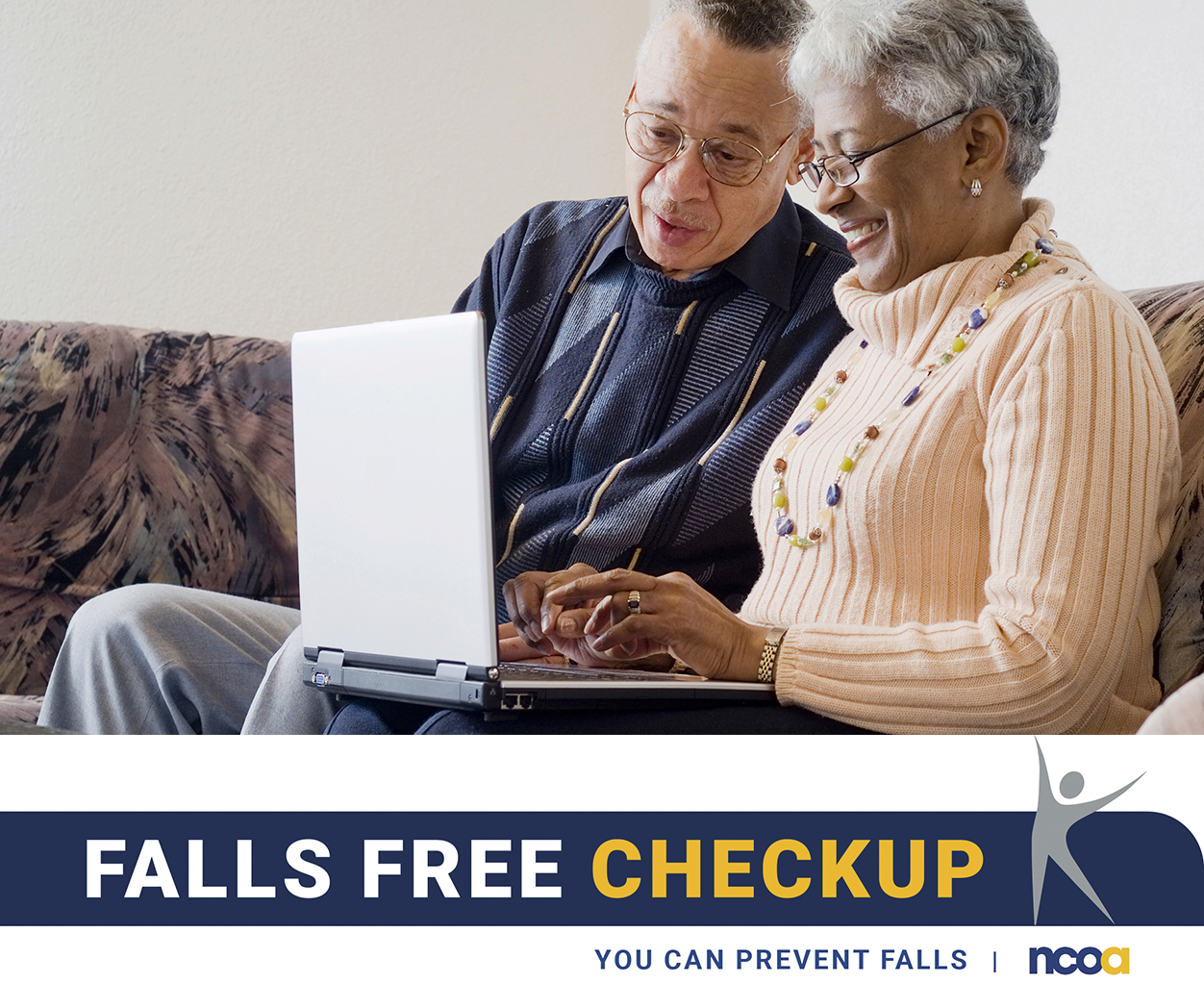Eastside Resources for Falls Prevention

The Washington State Department of Health (DOH) has declared that “falls are a public health problem that is largely preventable.” DOH points out that 28 percent of Washington residents over age 65 experience a fall every year. In 2018, almost 21,000 Washington residents age 65+ were hospitalized after a fall.
Falls Prevention Awareness Week is September 21–25. Luckily, there are ways we can help prevent falls.
- Wear shoes that fit and have solid, no-skid sole.
- Ask your doctor or pharmacist to review your medications for fall-related side effects.
- Get annual vision and hearing checkups and wear glasses and hearing aids if prescribed.
- Keep physically active to the extent that you are able. With your doctor’s approval, engage in exercises and programs designed to improve balance, flexibility, strength, and endurance.
- Make your home safer. King County Emergency Medical Services emphasizes that 50 percent to 70 percent of falls are due to home hazards and describes multiple steps one should take to improve home safety. For example, keep stairways, halls and walkways well lit, arrange furniture so you have room to walk without obstacles, install secure handrails on both sides of a stairway and keep the staircase clutter-free, keep regularly used items within easy reach, install grab bars by the toilet and inside the shower/tub area, and use non-skid bath mats.
Falls prevention resources for East King County residents
The Eastside has had a variety of falls prevention resources and programs. Be sure to call in advance to determine their operating hours during the coronavirus quarantine.
Videos are a wonderful inspiration and many are available online. Here are some that I like:
- Bellevue TV offers exercise programs for older people through YouTube (for example, see Silver Sneakers Video #2 and Exercise with Sofia videos).
- “Sit and Be Fit” is a falls prevention program offered on PBS. Some programs are also available on YouTube.
- The National Council on Aging and American Occupational Therapy Association teamed up to produce a Falls Prevention Awareness Day video that includes “18 Steps to Fall Proofing your Home.”
There are also many useful articles available online. For example:
- The Centers for Disease Control and Prevention has information and pamphlets relating to falls. Some, like “Stay Independent” and “Family Caregivers: Protect Your Loved Ones from Falling,” are available on the CDC’s STEADI—Stopping Elderly Accidents, Deaths & Injuries—patient webpage.
- Overlake Hospital’s “Don’t Let Falls Get You Down” pamphlet includes equipment designed to prevent falls and keep people safer.
- The Bellevue Fire Department established Bellevue Fire CARES (Citizen Advocates for Referral and Education Services) to help residents get the resources and equipment they need to be safe in their homes.
Soon, through a website to be known as “Bellevue at Home,” the City of Bellevue will offer additional virtual falls prevention programs.
Bellevue residents and others in King County are fortunate to have these resources available online. In addition, Aging and Disability Services—the Area Agency on Aging for Seattle and King County—contracts with agencies throughout King County to provide services, and many can support you in making changes that can prevent falls. To access services, call Community Living Connections at (toll-free) 844-348-5464 or visit www.CommunityLivingConnections.org.
Contributor Diana Thompson serves on the Seattle-King County Advisory Council for Aging & Disability Services and the Bellevue Network on Aging. She is also an advocate for people with hearing loss through the Hearing Loss Association of America Washington State.
This article originally appeared in the September 2020 issue of AgeWise King County.
Take the new Falls Free CheckUp
COVID-19 has changed a lot of things, but one has stayed the same: Falling is NOT a normal part of aging. Join us the week of Sept. 21–25 in a nationwide effort to prevent falls. Use the new FallsFree CheckUp tool from the National Council on Aging to get a personalized look at your risk factors and how to address them. Then spread the word to friends and family. It’s a nice way to reach out and show you care!
![Aging & Disability Services for Seattle & King County [logo]](https://www.agingkingcounty.org/wp-content/themes/sads/images/seattle-ads-logo.png)